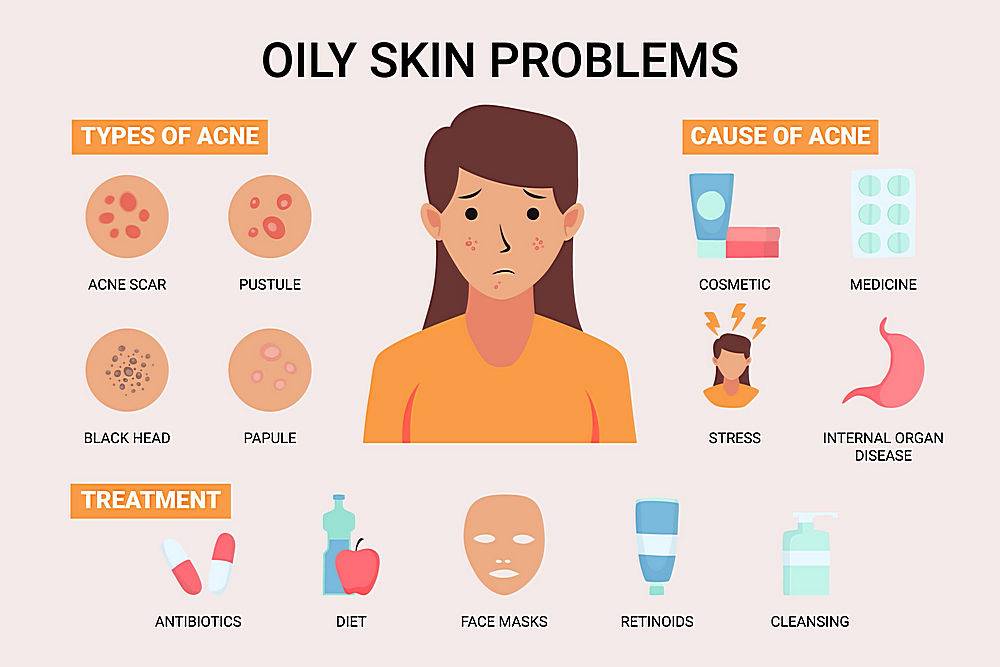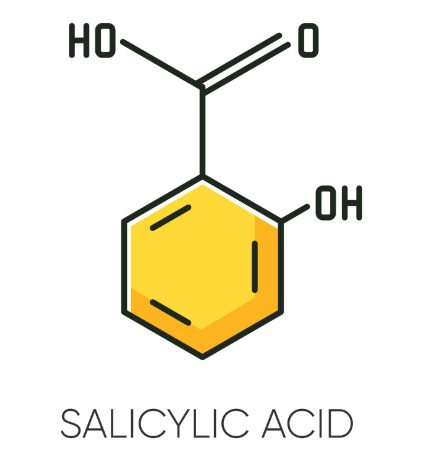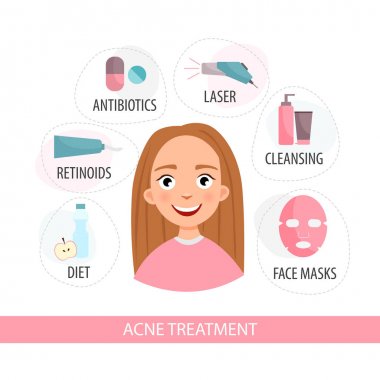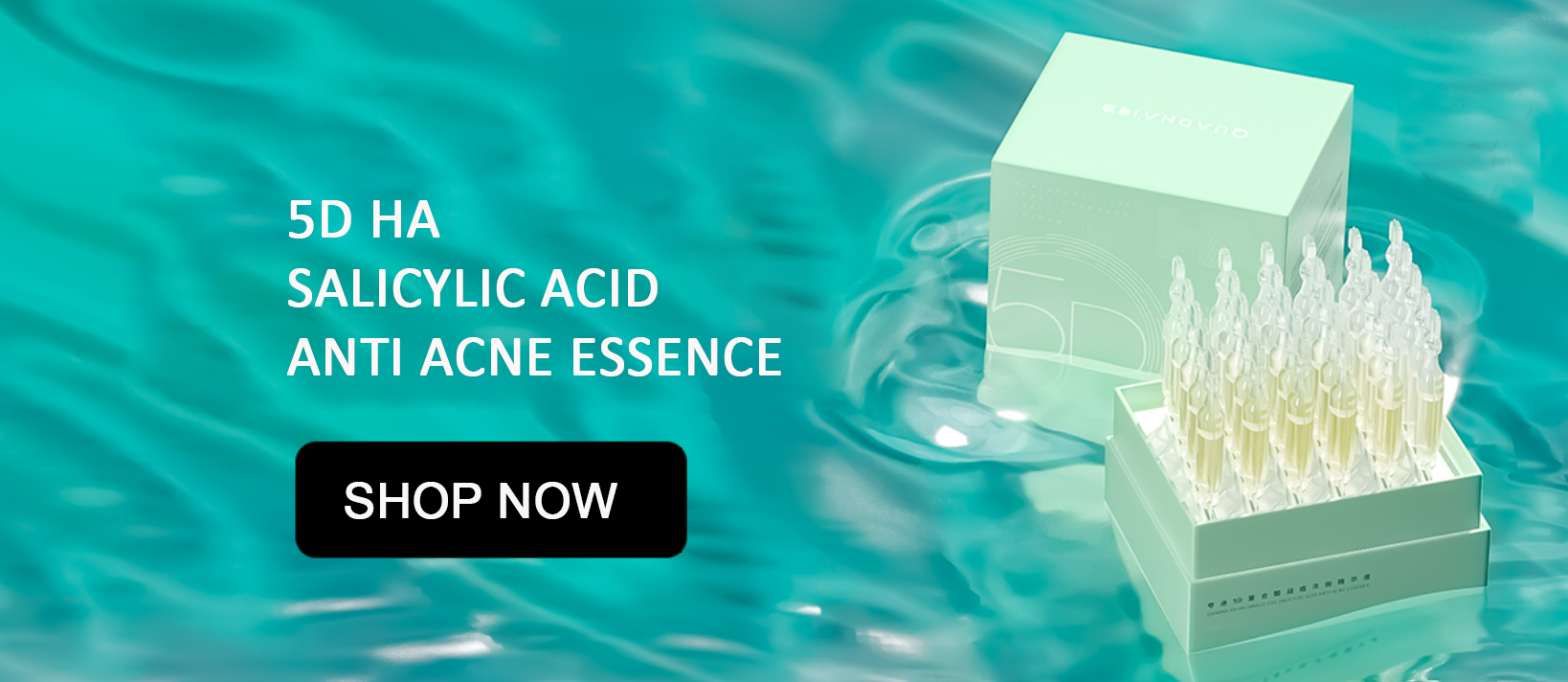What is Meant by Acne?
It is one of the most familiar skin issues that usually affect people in the age group 11 to 30. It affects nearly everyone at some point in life but is usually more common during the teenage years. The condition is caused when the small pores on our skin get blocked by excess oil, sebum, bacteria, hair, dead skin cells, or dirt. Once the pores get blocked, the inflammation starts to appear, resulting in the formation of acne and pimples. Also, sometimes people are left behind with deep scars and blemishes, lowering their self-esteem and confidence.
This blog will examine the different types and treatments of acne that can help you in your pimple and acne treatment journey.
Causes of Acne
The science behind getting acne is the blockage of the skin’s pores. The following conditions usually lead to acne and pimples.
- Accumulation of bacteria in pores
- Too much sebum production
- Trapping of debris and dirt
Besides this, genetics, hormonal changes, eating habits, lifestyle, medications, psychological issues, and sleeplessness can also result in acne and pimples.
Different Pimple and Acne Treatments
There are different Pimple and acne treatments available but consulting a dermatologist before using anything on your own is important. Your skin expert will analyze your skin condition and suggest the treatment depending on the severity of the acne.
Common ingredients that you will see in your acne treatments are;
Benzoyl Peroxide
Benzoyl peroxide is a well-known antiseptic product used in treating acne worldwide. It works by targeting the bacteria present on the surface of the skin. Before using it, gently wash your face and apply it directly to the affected area. When you start using benzoyl peroxide, mild irritation and redness can appear. In case of severe irritation and itching, it is advisable to consult your dermatologist as early as possible.
Salicylic Acid
Salicylic acid is used in various acne treatment medications, available in the form of cream and lotions. It helps in decreasing pimples and acne by reducing the production of sebum. Besides this, it also unclogs pores by removing the dead skin cells away.
Azelaic Acid
If your skin is showing irritation to benzoyl peroxide or salicylic acid, you can opt for azelaic acid. It aids in reducing swelling and irritation by targeting the germs present in the skin. When you start using the product initially, you will notice mild irritation, itching, and redness. It is ideal to use it once a day, preferably before bedtime.
Retinoids
Retinoids are commonly known as vitamin A derivatives that work wonderfully well in decreasing the appearance of pimples and acne. They are ideal for treating and preventing clogged pores, whiteheads, and blackheads. Also, when you start using retinoids, you will see a rapid decline in the number of breakouts.
Antibiotics
Antibiotics belong to the class of drugs that include clindamycin and erythromycin. They treat acne by reducing the number of bacteria present. However, they cannot be used alone in the treatment process. Combining them with other ingredients like benzoyl peroxide is best to get maximum results.
Photodynamic therapy (PDT)
Photodynamic therapy is an acne treatment method that utilizes a laser to target the affected area. The method works quite well in reducing sebum production by reducing the size of sebaceous glands. Besides this, it also helps in reducing acne scars and old blemishes.
Dapsone
Dapsone is a common gel-based treatment method used to treat pimples and acne in children and adults. Its antimicrobial and antibacterial properties can reduce inflammation and redness. Besides this, it also speeds up the natural healing process. The common side effects of the product include swelling, redness, and rash, but it usually subsides on their own.
Chemical Peels
Chemical peels, especially glycolic acid peels, work by removing the top dead layer of the skin. They are one of the best methods used by dermatologists to treat acne and acne scars. They gently exfoliate the skin, clearing all the dead skin cells, which prevents breakouts in the future.
Dermabrasion
This method is used to treat mild to moderate acne. It is based on the exfoliation principle and gently exfoliates and removes the top dead layer of the skin. Studies also suggest that it works wonderfully well in reducing the formation of whiteheads and blackheads.
Cortisone Injections
Dermatologists usually use cortisone injections to reduce swelling and inflammation. They speed up the healing process by reducing the severity of pain.
Preventing measures
If you want to prevent your acne and pimples, here are some precautionary steps you need to follow in your daily routine.
- Avoid touching your face again and again as it can transfer bacteria.
- Wash your face at least twice daily with a good cleanser that suits your skin type.
- After coming home from direct sunlight or after any exercise, wash your face properly to get rid of sweat and sebum.
- Try to incorporate non-comedogenic products into your skincare routine.
- Try to meet your daily body water requirements to flush out the toxins.
- Eat a well-balanced diet, having all the necessary nutrients and vitamins.
- Keep your scalp clean by cleaning it regularly.
- In case you are experiencing stress or anxiety, try to reduce it.





